The craft beer revolution has transformed the brewing landscape, creating a diverse world of complex flavors that extend far beyond traditional lagers and pilsners. Simultaneously, bean-to-bar chocolate making has experienced its own renaissance, with artisanal chocolatiers exploring the nuanced flavor profiles of single-origin cacao. The intersection of these two craft movements creates a fascinating opportunity for sensory exploration through thoughtful pairing.
When properly matched, chocolate and craft beer create an experience greater than the sum of their parts. The complex flavor compounds in both chocolate and beer—ranging from fruity and floral to roasted and bitter—can complement, contrast, or enhance each other in surprising and delightful ways. This comprehensive guide will explore the principles behind successful chocolate and beer pairings, offer specific recommendations for both classic and unexpected combinations, and provide you with the knowledge to create your own memorable pairing experiences.
Understanding the Flavor Science Behind Chocolate and Beer Pairings
Successful pairings begin with understanding the fundamental flavor components shared by both chocolate and beer, and how they interact on our palates.
Shared Flavor Compounds
Chocolate and beer share remarkable similarities in their flavor development:
Fermentation Processes: Both cacao beans and beer undergo fermentation that develops complex flavor compounds. The microorganisms involved create similar flavor precursors in both products.
Maillard Reactions: The roasting of both cacao beans and malted barley produces Maillard reactions (chemical reactions between amino acids and reducing sugars) that create roasted, caramelized, and toasted notes.
Terroir Influences: Just as cacao reflects the soil and climate where it's grown, hops and barley carry the environmental signature of their growing regions.
Key Flavor Components in Both Chocolate and Beer
Understanding these shared flavor elements helps identify harmonious combinations:
Bitterness: Present in dark chocolate (from cacao polyphenols) and beer (primarily from hops), bitterness can either complement or overwhelm depending on intensity levels.
Sweetness: Found in varying degrees in chocolate and certain beer styles, sweetness can balance bitterness and acidity when properly matched.
Acidity: Bright, fruity acids in both chocolate and beer create liveliness on the palate and can bridge other flavors.
Roasted Notes: Both chocolate and darker beer styles feature roasted flavors ranging from lightly toasted to deeply charred.
Fruitiness: Esters and other compounds create fruit-forward notes in both craft beer and fine chocolate.
The Role of Mouthfeel and Carbonation
Beyond flavor, physical sensations significantly impact pairing success:
Carbonation Effects: Beer's carbonation scrubs the palate, affecting how chocolate's fat content coats the mouth. Higher carbonation cuts through richness while creamier, less carbonated styles enhance chocolate's smooth texture.
Body Matching: The weight and fullness of both the chocolate and beer should be considered—full-bodied beers generally pair better with higher cacao percentages.
Temperature Considerations: Serving temperature significantly impacts flavor perception in both chocolate and beer. Generally, chocolate should be at room temperature, while beer temperatures should follow style guidelines (cooler for lighter styles, warmer for more complex styles).
Pairing Principles: Approaches for Matching Chocolate and Beer
There are three fundamental approaches to pairing chocolate with craft beer, each creating different but equally rewarding experiences.
The Complementary Approach
This method matches similar flavor notes in both the chocolate and beer:
Principle: Identify dominant flavor notes shared by both the chocolate and beer, then match them to amplify these shared characteristics.
Example: A coffee stout paired with a chocolate that exhibits natural coffee notes creates a harmonious flavor experience that emphasizes the roasted, coffee elements in both.
When to Use: This approach works particularly well for introducing newcomers to pairing, as the flavor connections are more immediately apparent.
The Contrasting Approach
This strategy pairs opposing characteristics that balance each other:
Principle: Find contrasting elements that create balance—such as bitterness against sweetness or richness against acidity.
Example: A fruity, acidic sour beer paired with a creamy milk chocolate creates an exciting contrast where the beer's acidity cuts through the chocolate's richness.
When to Use: This approach often creates more memorable and complex tasting experiences, particularly for those already comfortable with both chocolate and beer independently.
The Transformative Approach
The most advanced pairing strategy creates a new flavor experience:
Principle: Certain chocolate and beer combinations react on the palate to generate flavor perceptions that exist in neither component alone.
Example: The combination of a Belgian dubbel with a specific orange-infused dark chocolate might create the impression of chocolate-covered cherries, even though neither the beer nor chocolate has dominant cherry notes individually.
When to Use: This approach requires experimentation and is ideal for tasting events focused on discovery and surprise.
Classic Chocolate and Beer Pairings by Beer Style
These time-tested combinations provide an excellent entry point for exploring chocolate and beer pairings.
Stouts and Porters with Dark Chocolate
The classic pairing that most naturally comes to mind:
Why It Works: The roasted malt character in stouts and porters naturally complements the similar roasted notes in dark chocolate. Both often feature coffee, chocolate, and caramel flavors.
Specific Recommendation: Imperial Stout + 70-85% Dark Chocolate
Tasting Notes: The robust, often slightly sweet character of imperial stouts stands up to dark chocolate's intensity, while shared notes of coffee, dark fruits, and roasted flavors create a harmonious experience.
Enhancement Tip: A small pinch of flaky sea salt on the chocolate can amplify the flavor connection between these two bold components.
Wheat Beers with Milk Chocolate
A surprisingly harmonious combination of lighter styles:
Why It Works: The creamy, bready qualities of wheat beers complement milk chocolate's dairy notes, while the beer's subtle spice and fruit notes add complexity.
Specific Recommendation: Hefeweizen + 45% Milk Chocolate
Tasting Notes: The banana and clove notes in a traditional hefeweizen create a delightful interplay with the caramelized milk notes in quality milk chocolate.
Enhancement Tip: Serve this pairing with a small slice of fresh banana to bridge the flavor components even more directly.
Belgian Dubbel with Caramelized White Chocolate
A sophisticated pairing highlighting caramel and fruit notes:
Why It Works: Belgian dubbels feature dark fruit, caramel, and subtle spice notes that complement the butterscotch and vanilla notes in caramelized white chocolate (also called blonde chocolate).
Specific Recommendation: Trappist Dubbel + Caramelized White Chocolate
Tasting Notes: The fruity esters from Belgian yeast interact with the toasted milk notes of the chocolate, creating a complex toffee and dried fruit experience.
Enhancement Tip: A few raisins or dried figs alongside this pairing will amplify the dark fruit notes present in both components.
IPAs with Spiced Chocolate
A bold pairing that balances bitterness with complexity:
Why It Works: When properly balanced, the hop bitterness and tropical fruit notes in IPAs can complement chocolates infused with warming spices.
Specific Recommendation: American IPA + Dark Chocolate with Chili
Tasting Notes: The heat from the chili chocolate balances the IPA's bitterness, while the chocolate's sweetness tames some of the hop intensity, allowing the beer's aromatic qualities to shine.
Enhancement Tip: The citrus notes in many IPAs can be amplified by adding a small piece of crystallized ginger alongside this pairing.
Unexpected Beer and Chocolate Pairings
These less conventional pairings demonstrate the exciting possibilities beyond the obvious matches.
Sour Beers with White Chocolate
An unexpectedly harmonious combination:
Why It Works: The acidity in sour beers cuts through white chocolate's richness, while the chocolate's creamy sweetness tempers the beer's tartness, creating a balanced experience similar to a dessert with a fruit component.
Specific Recommendation: Raspberry Berliner Weisse + High-Quality White Chocolate
Tasting Notes: The bright berry acidity plays against the vanilla-forward creaminess of the white chocolate, creating a flavor reminiscent of raspberry cheesecake.
Enhancement Tip: A small amount of fresh berry alongside intensifies the fruit character in the beer.
Pilsners with Milk Chocolate and Sea Salt
A subtle but rewarding combination for lager lovers:
Why It Works: The clean, crisp nature of pilsners with their subtle malt sweetness and floral hop character provides a neutral backdrop that allows the nuances of sea-salted milk chocolate to shine.
Specific Recommendation: Czech Pilsner + Milk Chocolate with Flaky Sea Salt
Tasting Notes: The chocolate's salt enhances the malt sweetness in the beer, while the beer's carbonation and subtle bitterness refresh the palate between bites of rich chocolate.
Enhancement Tip: Select a chocolate with larger salt crystals that provide occasional bursts of salinity rather than uniform saltiness.
Fruit Lambics with Chili-Infused Dark Chocolate
A complex interplay of fruit, heat, and chocolate:
Why It Works: The pronounced fruit character and acidity in lambics creates a fascinating contrast with the warming heat of chili-infused chocolate, while the chocolate's bitterness grounds the pairing.
Specific Recommendation: Cherry Lambic + Dark Chocolate with Mild Chili
Tasting Notes: The fruit-forward beer highlights the fruity aspects of the cacao, while the chocolate's heat builds slowly, eventually cutting through the beer's tartness.
Enhancement Tip: This pairing develops over time—encourage tasters to experience how the relationship between flavors changes from first taste to finish.
Coffee Beers with Orange-Infused Chocolate
An advanced pairing that creates surprising flavor bridges:
Why It Works: The roasted coffee notes in the beer connect with the chocolate, while the orange oil in the chocolate creates a bright accent that elevates the pairing beyond the expected.
Specific Recommendation: Coffee Porter + Dark Chocolate with Orange
Tasting Notes: The citrus notes bridge between the chocolate's fruitiness and the coffee's brightness, creating a sophisticated mocha-orange impression.
Enhancement Tip: Serve at a slightly warmer temperature than you might normally serve the porter—around 50-55°F (10-13°C)—to fully express the aromatic qualities.
Pairing by Chocolate Type
Different chocolate styles create distinct pairing opportunities with various beer styles.
Dark Chocolate Pairings (70%+ Cacao)
The intensity and complexity of high-percentage chocolate opens many pairing doors:
With Roasty Beers: Imperial Stouts, Porters, Schwarzbier The shared roasted notes create immediate harmony.
With Barrel-Aged Beers: Bourbon Barrel-Aged Barleywine, Whiskey-Aged Imperial Stout The vanilla, oak, and caramel notes from barrel aging complement dark chocolate's depth.
With Belgian Strong Ales: Quadrupel, Belgian Strong Dark Ale The dark fruit notes and subtle spice in these beers enhance similar qualities in complex dark chocolates.
Milk Chocolate Pairings (30-45% Cacao)
The added dairy components and higher sugar content create different pairing dynamics:
With Malty Beers: Brown Ale, English Mild, Scotch Ale The nutty, caramel notes in these beers complement milk chocolate's creamy sweetness.
With Fruit Beers: Fruit-infused Wheat Beers, Cherry Stout Fruit notes add complexity while the beer's base complements the chocolate's richness.
With Cream Ales and Blonde Ales: The subtle malt sweetness and light body provide a canvas that allows the milk chocolate to be the star.
White Chocolate Pairings
Though not technically chocolate (as it contains no cacao solids), white chocolate's cocoa butter, sugar, and dairy components create unique pairing possibilities:
With Fruited Sour Beers: Berliner Weisse, Gose, Fruited Sour Ales The acidity cuts through richness while fruit notes add complexity.
With Witbier: The citrus and coriander notes in witbier create a bright contrast to white chocolate's richness.
With Coffee Stouts: The roasted bitterness provides stark contrast to white chocolate's creamy sweetness, creating a complex interplay.
Flavored and Inclusion Chocolates
Chocolates with added flavors or inclusions create specialized pairing opportunities:
Spiced Chocolate with IPAs: The heat and spice stand up to hop bitterness while complementing hop aromatic qualities.
Nutty Chocolates with Brown Ales: Shared nutty, toasted qualities create immediate flavor bridges.
Sea Salt Chocolate with Gose: The salinity in both creates a resonant pairing that enhances malt sweetness.
Organizing a Chocolate and Beer Tasting Event
Hosting a structured tasting provides an excellent way to explore these pairings systematically.
Planning the Perfect Tasting Progression
Create a journey through complementary flavors:
Start Light, End Dark: Begin with lighter beers and chocolates, progressing to more intense flavors to avoid palate fatigue.
Sample Size Matters: 2-3 oz beer pours and small chocolate pieces (approximately 5-7g) provide enough to evaluate without overwhelming.
Palate Cleansers: Provide plain crackers and water between pairings to reset taste buds.
Knowledge Building: Structure the tasting to build understanding, starting with more obvious pairings before moving to complex combinations.
Presentation and Educational Elements
Enhance appreciation through information:
Tasting Maps: Provide visual guides showing the expected flavor notes in each beer and chocolate.
Origin Stories: Share information about the brewery, chocolatier, and production methods to deepen appreciation.
Guided Prompts: Offer specific tasting prompts to help participants identify key flavor interactions.
Comparative Elements: Include some "control" tastings of the chocolate and beer separately before combining them.
Practical Tasting Arrangements
Logistics to ensure a successful experience:
Temperature Management: Serve beers at appropriate temperatures for their styles—not straight from the refrigerator.
Glassware Selection: Use proper beer glasses to enhance aromatic qualities.
Chocolate Preparation: Pre-break chocolates into tasting-sized pieces and allow them to reach room temperature.
Timing Considerations: Plan for about 7-10 minutes per pairing to allow for tasting, discussion, and note-taking.
Seasonal Pairing Opportunities
Different seasons inspire distinctive chocolate and beer combinations.
Spring Pairings
Lighter combinations that reflect seasonal renewal:
Saison with Honey-Infused White Chocolate: The rustic, slightly spicy character of saisons complements the floral sweetness of honey-infused white chocolate.
Maibock with Milk Chocolate: The toasty malt richness of this traditional spring lager enhances milk chocolate's caramelized notes.
Witbier with Orange-Infused Chocolate: The citrus notes in both create a bright, refreshing pairing perfect for the season.
Summer Pairings
Refreshing combinations for warmer weather:
American Wheat Beer with Strawberry White Chocolate: Light, refreshing beer complements the summer berry notes.
Session IPA with Lime-Infused Dark Chocolate: Citrusy hops and lime create a zesty, refreshing combination.
Gose with Sea Salt Caramel Chocolate: The subtle salinity in both creates a unique warm-weather pairing.
Autumn Pairings
Warming combinations as temperatures cool:
Marzen/Oktoberfest with Hazelnut Milk Chocolate: Toasty malt flavors complement nutty chocolate notes.
Pumpkin Ale with Spiced Dark Chocolate: Shared warm spice notes create a quintessential fall experience.
Brown Ale with Maple-Infused Chocolate: The nutty, caramel qualities in both create a perfect autumn harmony.
Winter Pairings
Bold, rich combinations for the coldest season:
Barleywine with Fig-Studded Dark Chocolate: Intense, warming beer complements dried fruit and dark chocolate richness.
Imperial Stout with Peppermint Dark Chocolate: The minty freshness brightens the rich, roasty foundation.
Winter Warmer with Gingerbread-Spiced Chocolate: Shared warming spices create a festive pairing experience.
Developing Your Chocolate and Beer Pairing Intuition
Moving beyond recipes to understanding fundamental pairing principles allows for creative exploration.
Flavor Mapping Exercise
A practical approach to identifying potential pairings:
-
Identify Key Notes: List the dominant flavor notes in both the chocolate and beer.
-
Find Connections: Look for either complementary or contrasting elements between your lists.
-
Consider Intensity: Match intensity levels—delicate chocolates with subtle beers, bold chocolates with robust beers.
-
Evaluate Mouthfeel: Consider how the beer's carbonation and body will interact with the chocolate's texture and melt.
Building a Pairing Vocabulary
Developing language helps articulate and remember successful pairings:
Flavor Descriptors: Expand your vocabulary for articulating chocolate and beer flavors—fruity, roasty, nutty, spicy, floral, etc.
Sensation Descriptions: Note how combinations feel—cleansing, coating, evolving, lingering, etc.
Comparative Language: Practice describing how flavors change when experienced together versus separately.
The Impact of Brewing Variables
Understanding these factors can help predict pairing success:
Hop Varieties: Different hop varieties contribute vastly different flavors—from pine and resin to tropical fruit and citrus—affecting chocolate compatibility.
Malt Bill: The types and proportions of malted grains significantly impact flavor and body.
Yeast Strain: Belgian yeast strains create very different flavor compounds than American ale yeasts, dramatically changing pairing dynamics.
Common Pairing Challenges and Solutions
Even carefully considered pairings sometimes encounter issues, but most can be addressed with simple adjustments.
When Bitterness Clashes
When hop bitterness and chocolate bitterness create unpleasant interactions:
Problem Signs: Metallic or astringent flavors emerge, or bitterness becomes overwhelming.
Solutions:
-
Try a lower percentage chocolate with the same beer
-
Move to a less aggressively hopped beer style
-
Add a sweet element (like a drop of honey) to bridge the pairing
-
Ensure proper serving temperature for both components
When Sweetness Overwhelms
When combined sweetness from beer and chocolate becomes cloying:
Problem Signs: Flavors become one-dimensional, or a syrupy sensation dominates.
Solutions:
-
Increase chocolate cacao percentage to add balancing bitterness
-
Choose a more attenuated (less sweet) beer style
-
Add a salty component to cut through sweetness
-
Serve with a palate-cleansing element like sparkling water
When Flavors Disappear
When either the chocolate or beer loses its distinct character in the pairing:
Problem Signs: One component seems muted or "washed out" by the other.
Solutions:
-
Adjust the tasting order—try the less intense component first
-
Slightly increase the quantity of the disappearing component
-
Allow more time between tastings of each element
-
Ensure proper serving temperature to maximize flavor expression
Creating a Chocolate and Beer Pairing Program
For breweries, restaurants, and chocolate shops, a formal pairing program can create unique experiences and increase sales.
Structuring Pairing Flights
Create manageable and educational tasting experiences:
Standard Progression: 3-5 pairings moving from light to dark, subtle to intense
Themed Flights: Focus on a specific aspect like regional pairings, single brewery with various chocolates, or chocolate maker with various beers
Educational Structure: Include tasting notes explaining why each pairing works, with specific elements to notice
Training Staff on Pairings
Knowledgeable presentation enhances the customer experience:
Flavor Fundamentals: Educate staff on basic flavor interactions and pairing principles
Story Elements: Provide background on both the chocolate and beer producers to create connection
Guided Language: Develop standard descriptions for each pairing to ensure consistent presentation
Pairing Rationale: Ensure staff understand why each combination works, not just what is being paired
Special Events and Seasonal Rotations
Keep the pairing program fresh and engaging:
Brewer-Chocolatier Collaborations: Host special events featuring both makers
Seasonal Rotation: Update pairings to reflect seasonal beer releases and chocolate creations
Vertical Tastings: Explore how different years of aged beers pair with the same chocolate
Chocolate Beer Releases: Consider collaborating on chocolate-inspired or chocolate-containing beers
Conclusion: The Continuing Evolution of Chocolate and Beer Pairings
The pairing of craft beer and fine chocolate represents a growing field of gastronomic exploration with nearly limitless possibilities. As both craft beer and bean-to-bar chocolate continue to evolve, innovative producers push boundaries and create new flavor profiles that open even more pairing opportunities.
The most successful approach to chocolate and beer pairing combines knowledge of fundamental principles with a willingness to experiment. While this guide provides a foundation and numerous specific recommendations, personal taste remains the ultimate arbiter of pairing success. The journey of discovering your own favorite combinations—whether following established patterns or creating unexpected matches—offers both intellectual and sensory rewards.
Whether you're a brewer, chocolatier, beverage director, or enthusiastic consumer, we encourage you to continue exploring the wonderful world of chocolate and beer pairings. Document your experiences, share your discoveries, and participate in the growing community of flavor explorers dedicated to understanding these two remarkable artisanal products and the magic that happens when they come together.

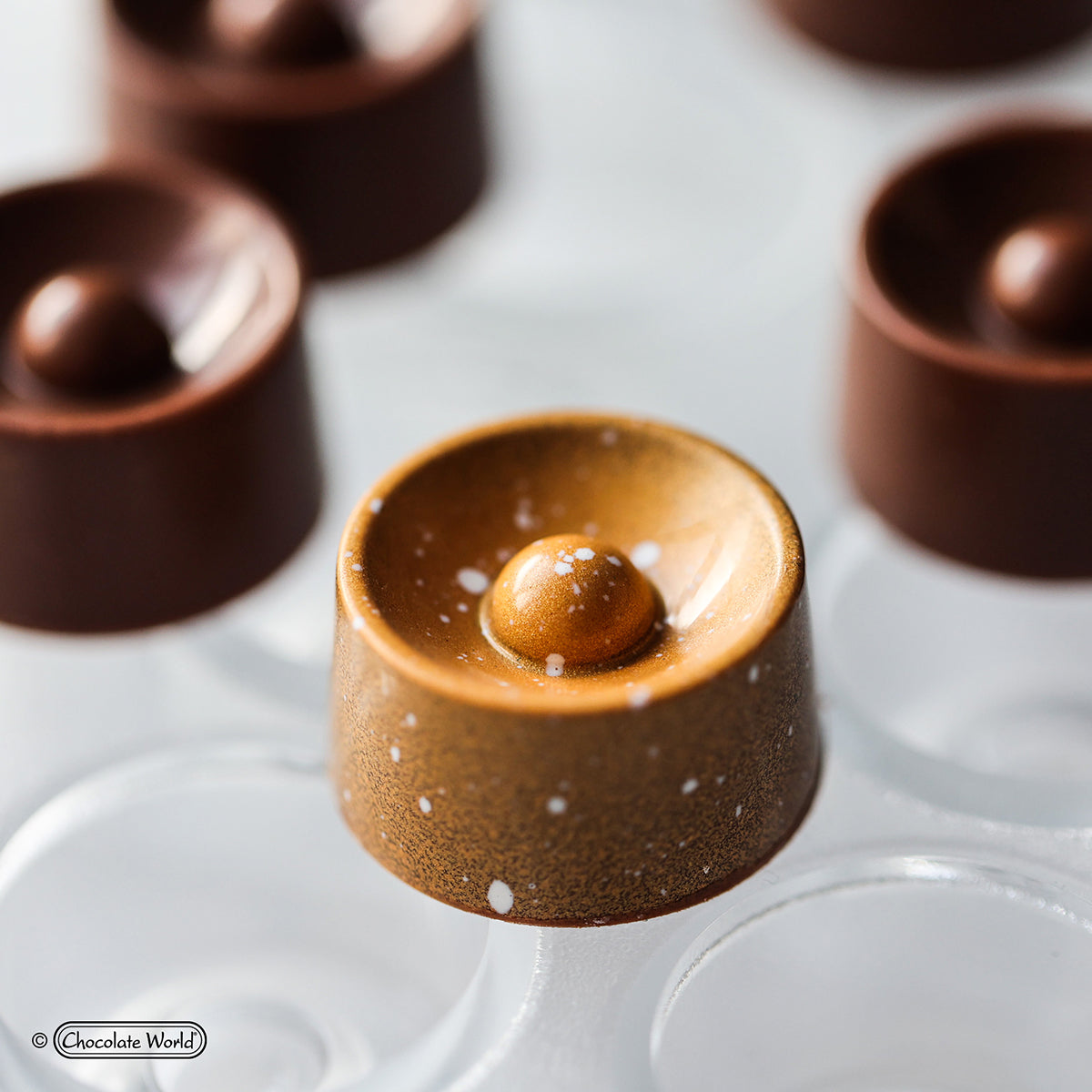
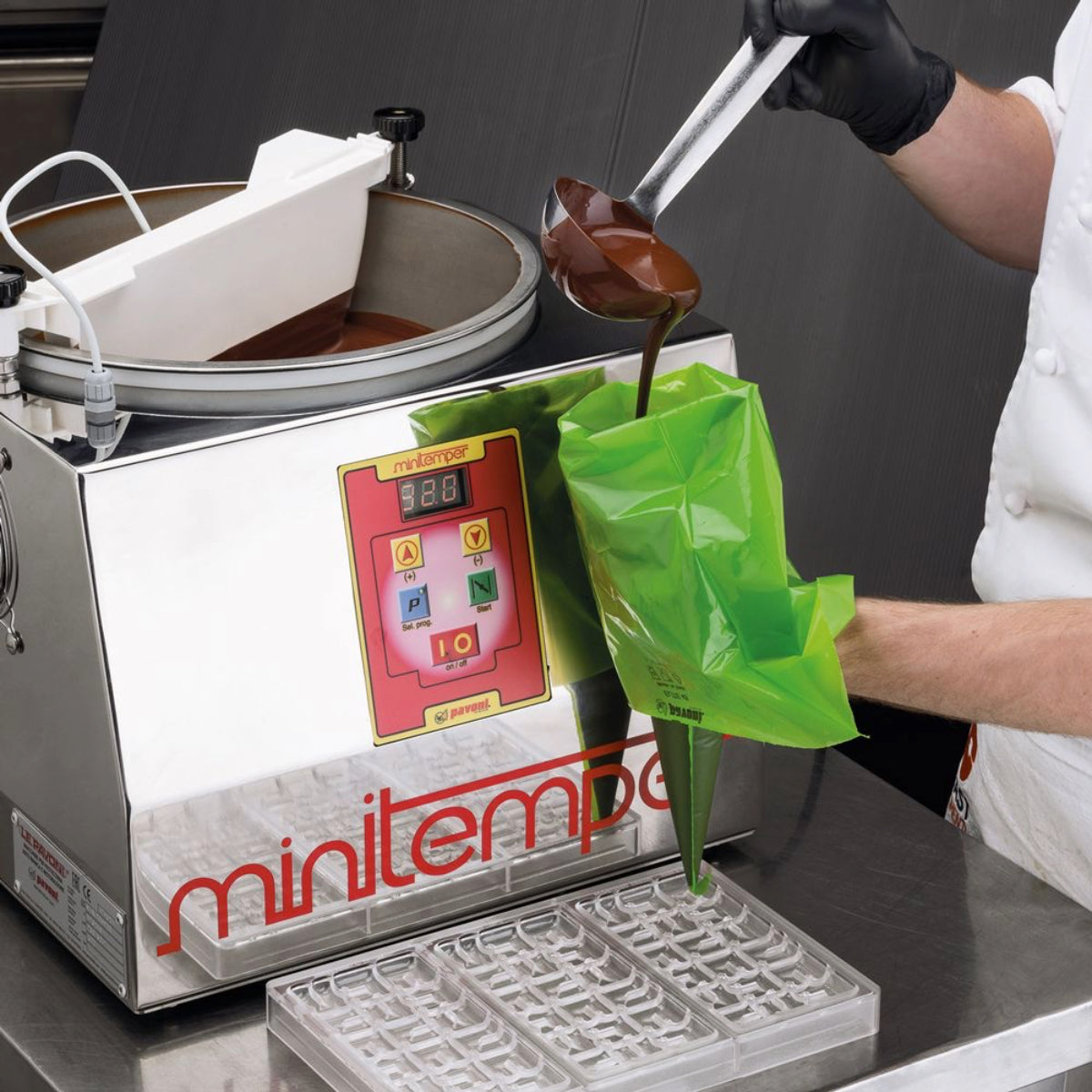
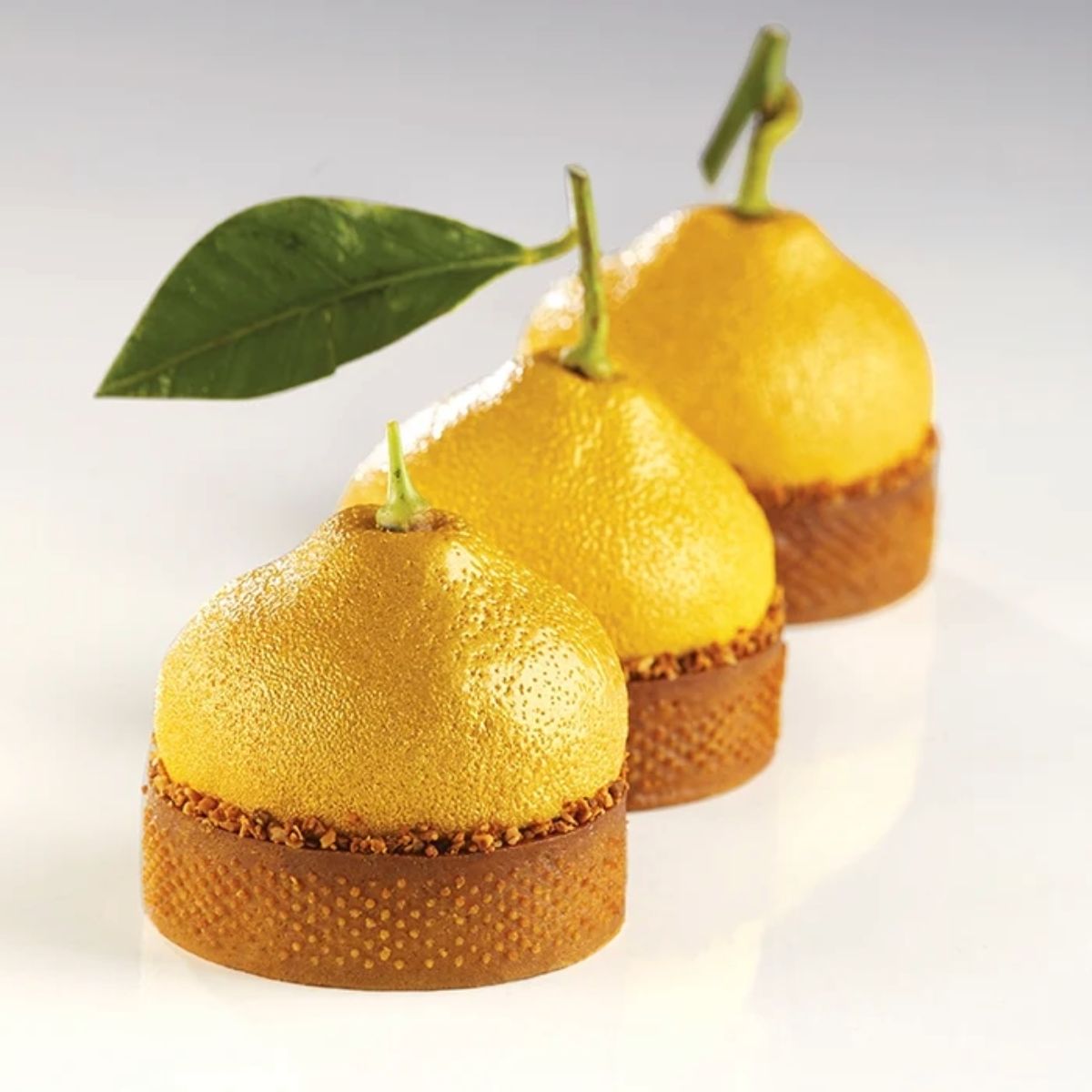
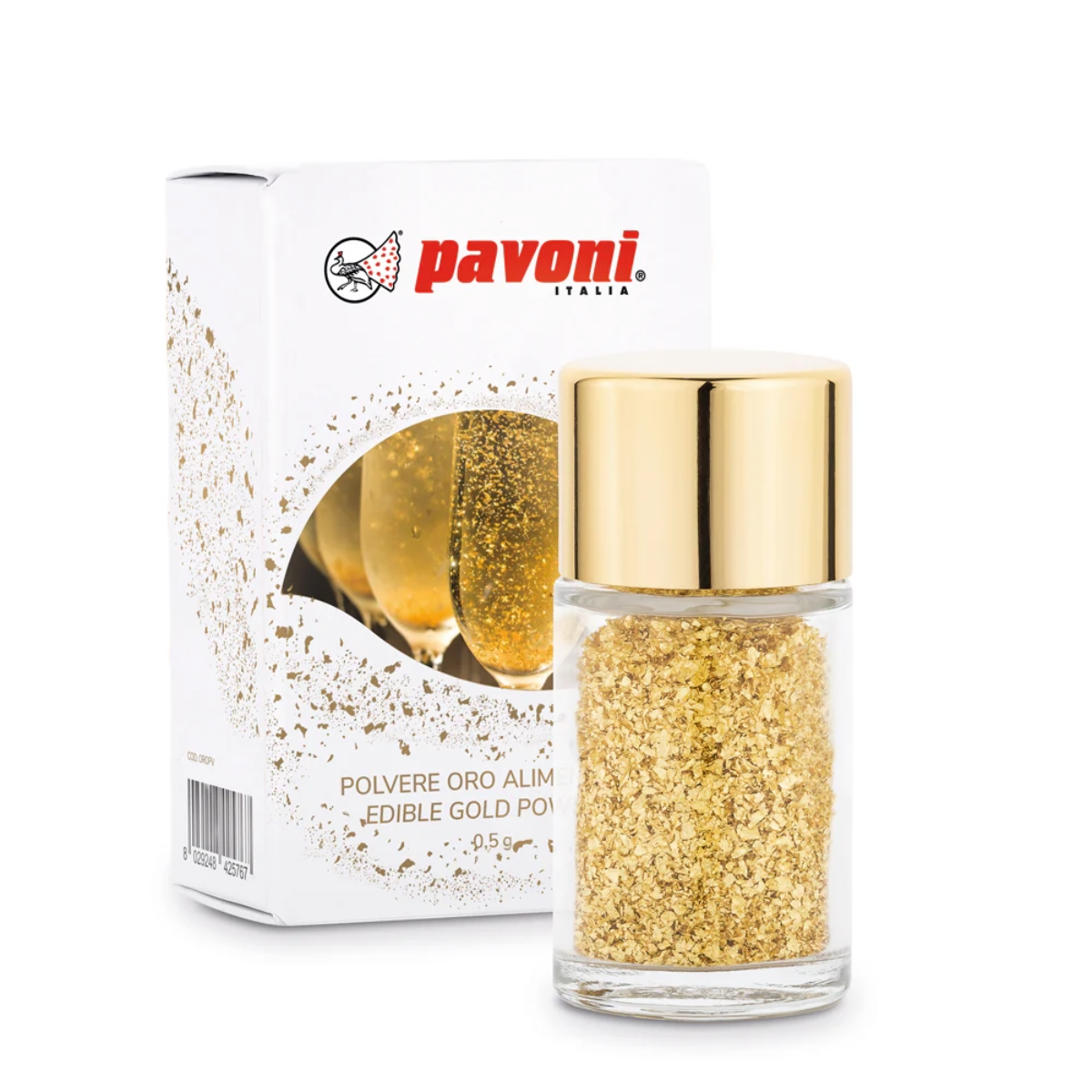
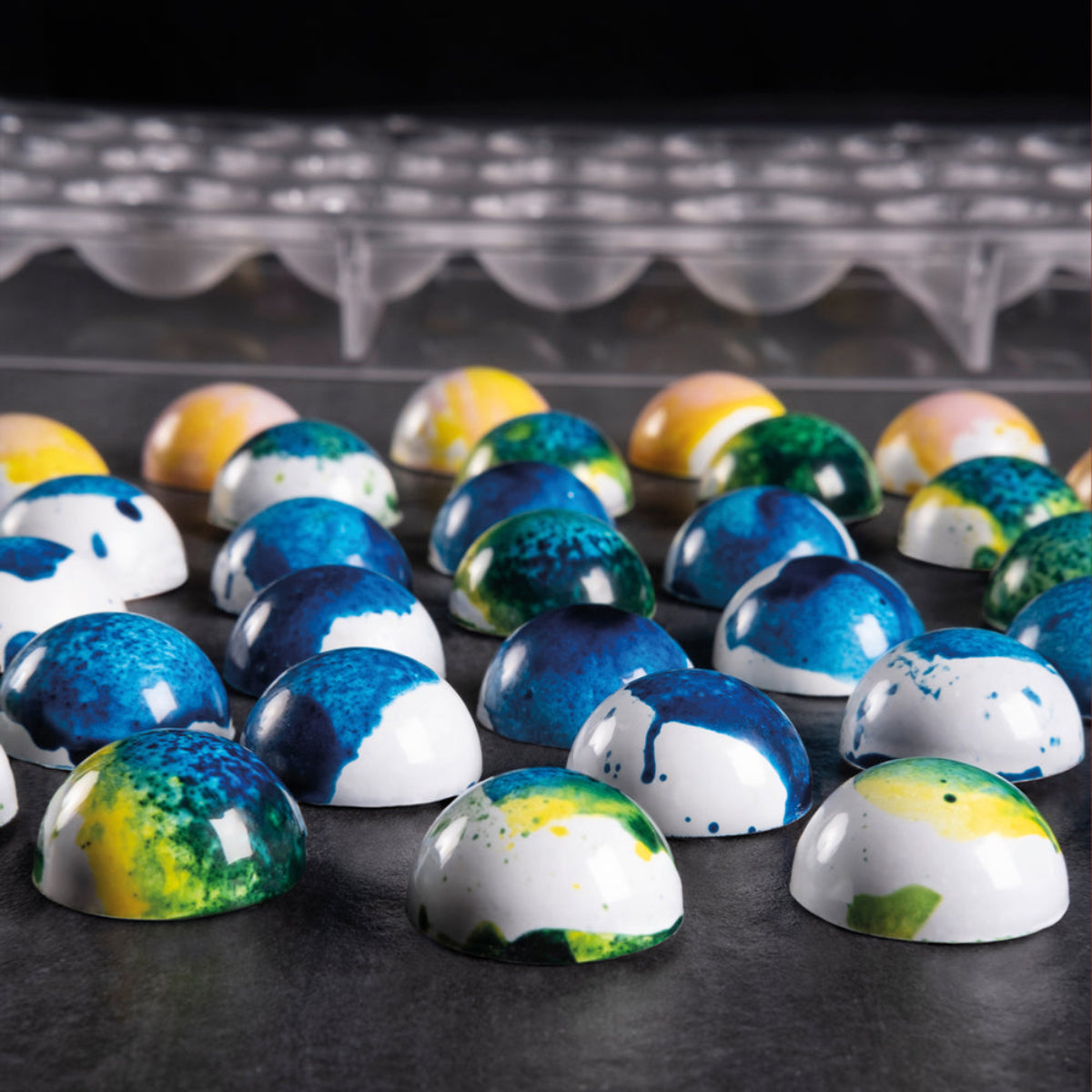



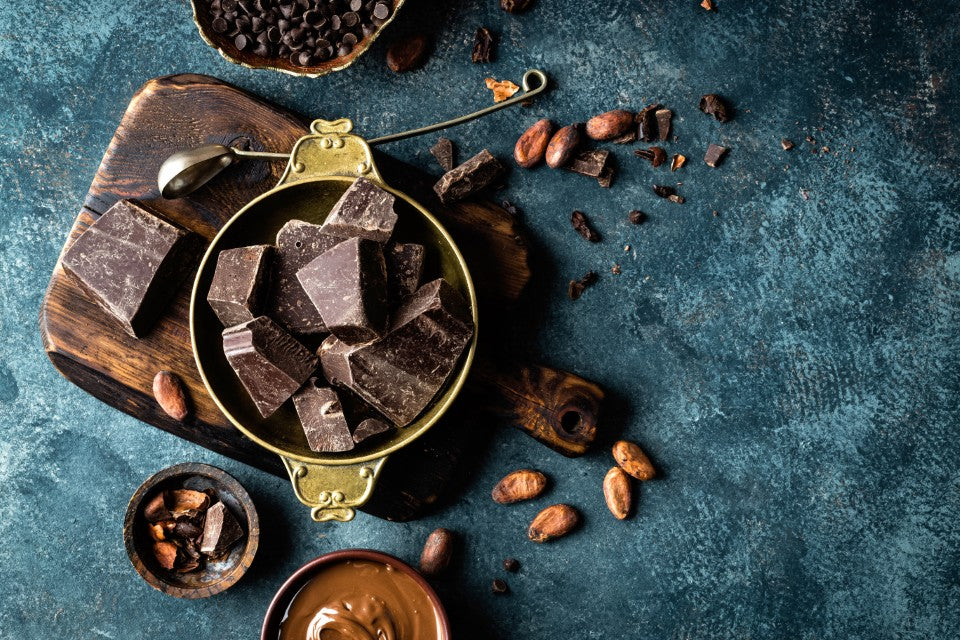
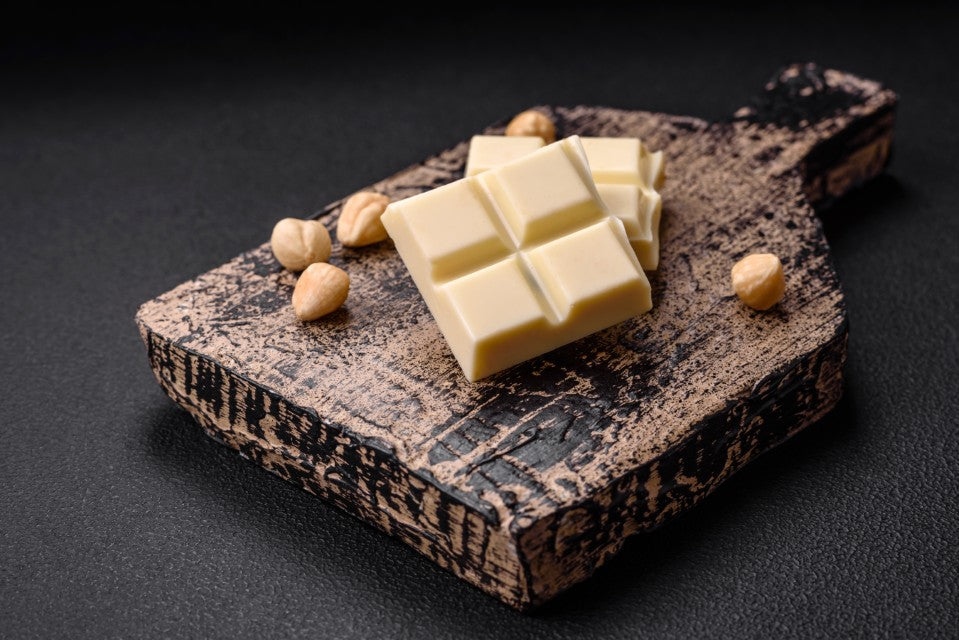
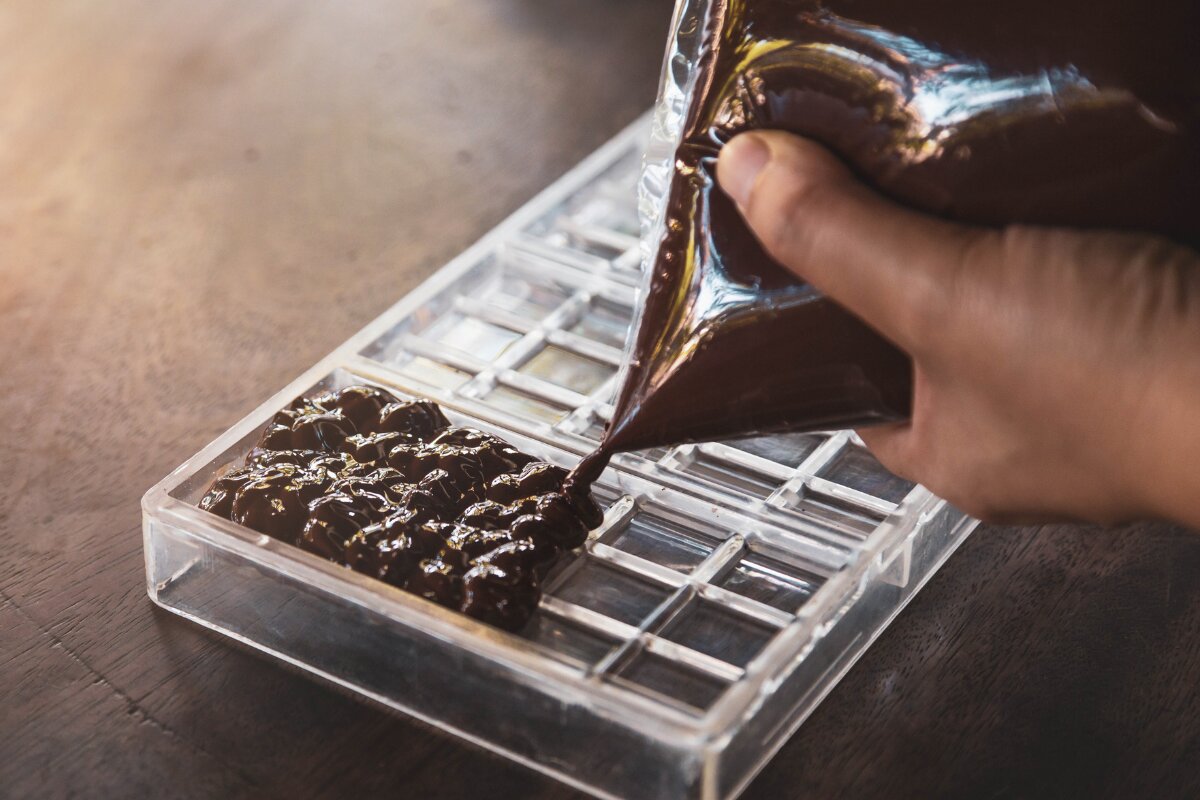


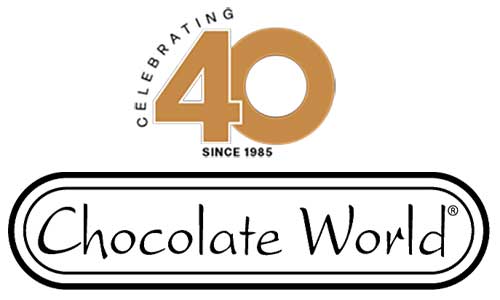

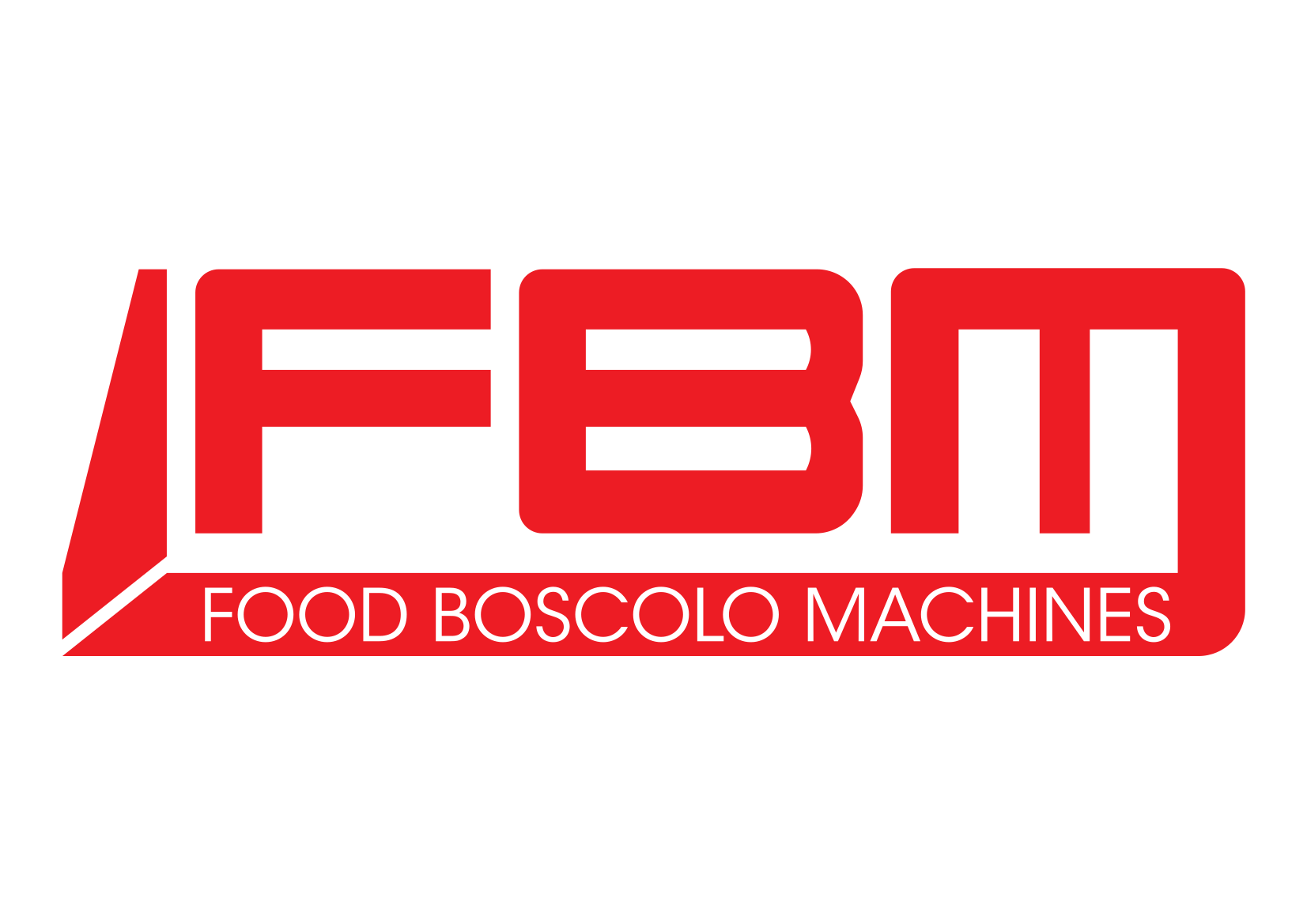
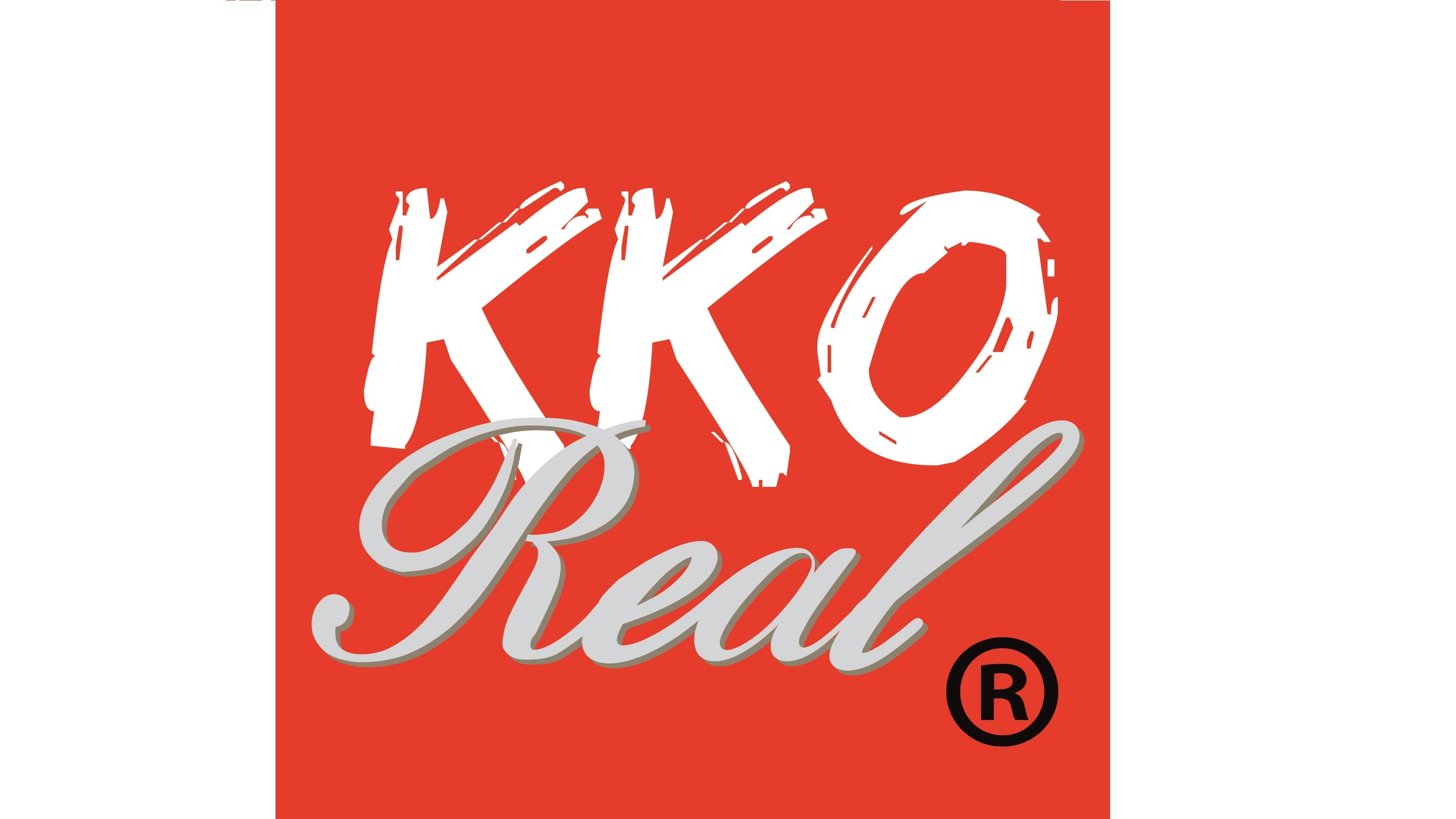

















Leave a comment
All comments are moderated before being published.
This site is protected by hCaptcha and the hCaptcha Privacy Policy and Terms of Service apply.